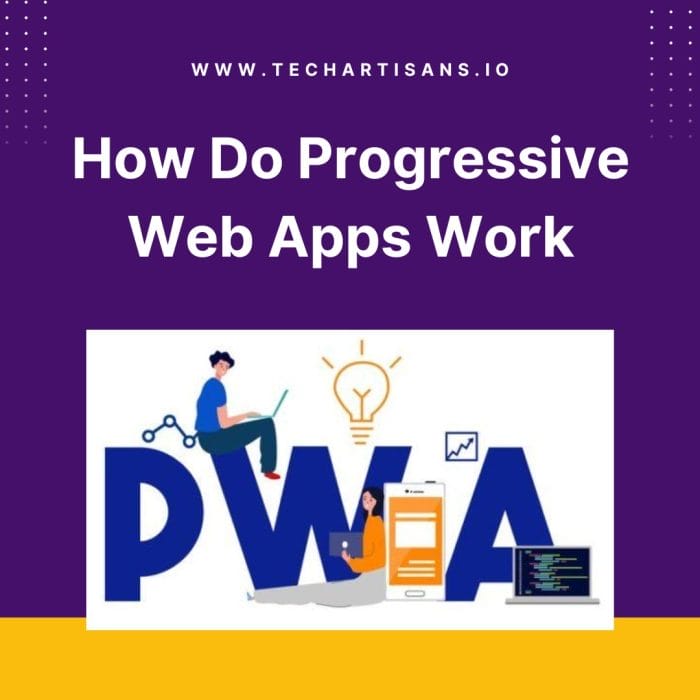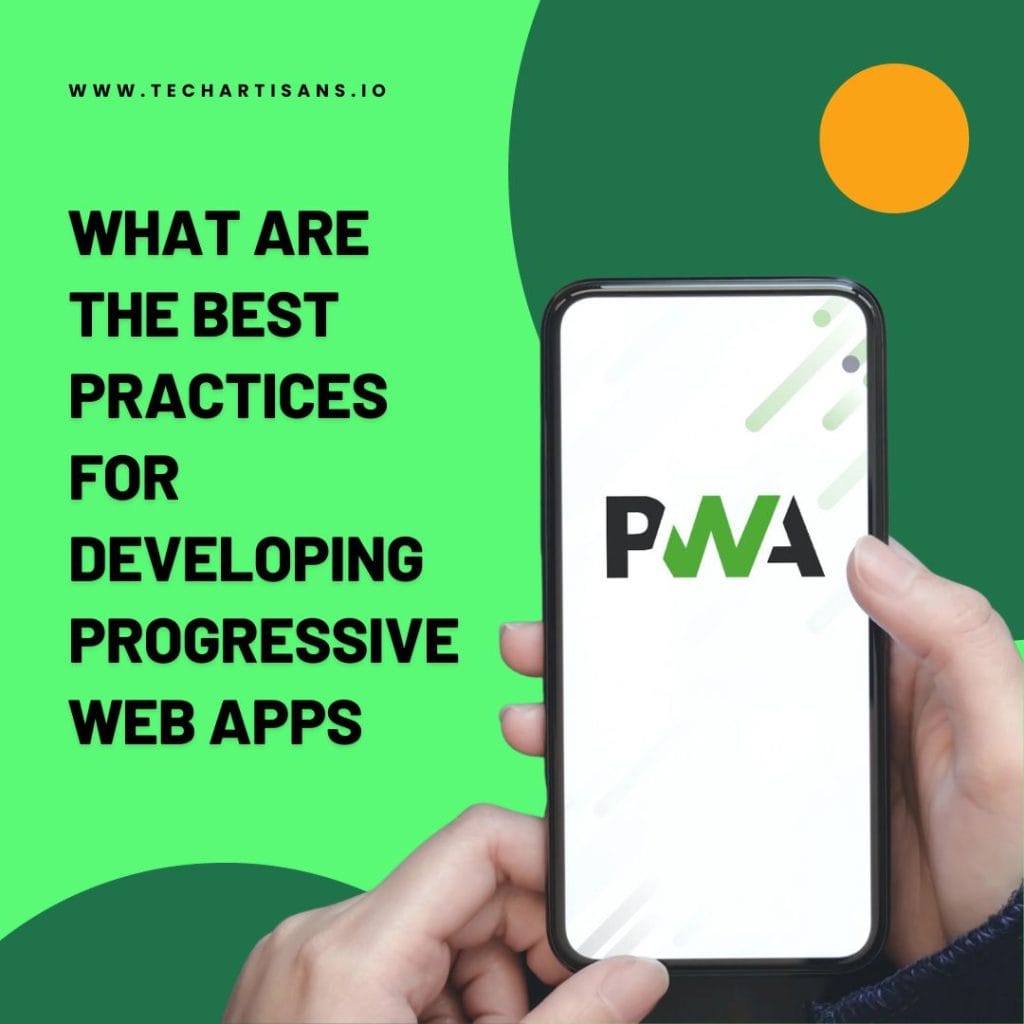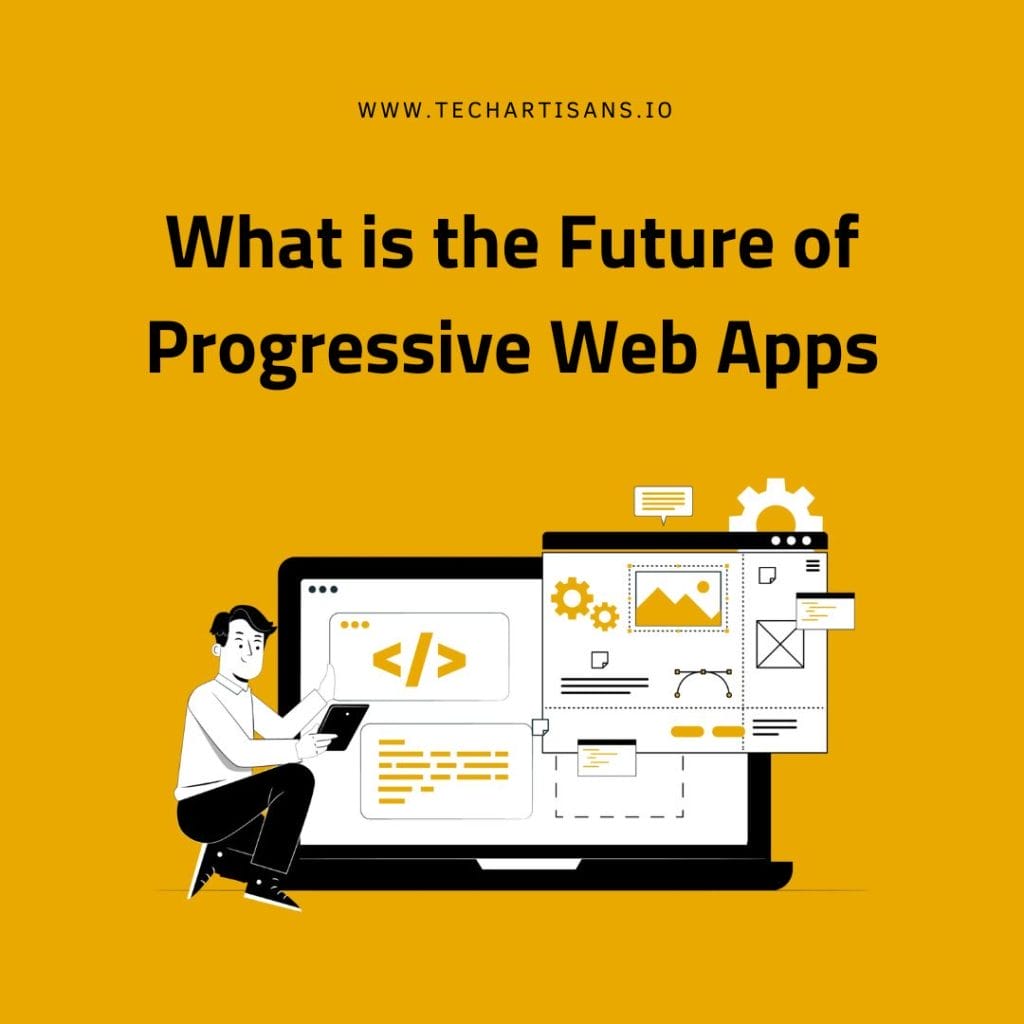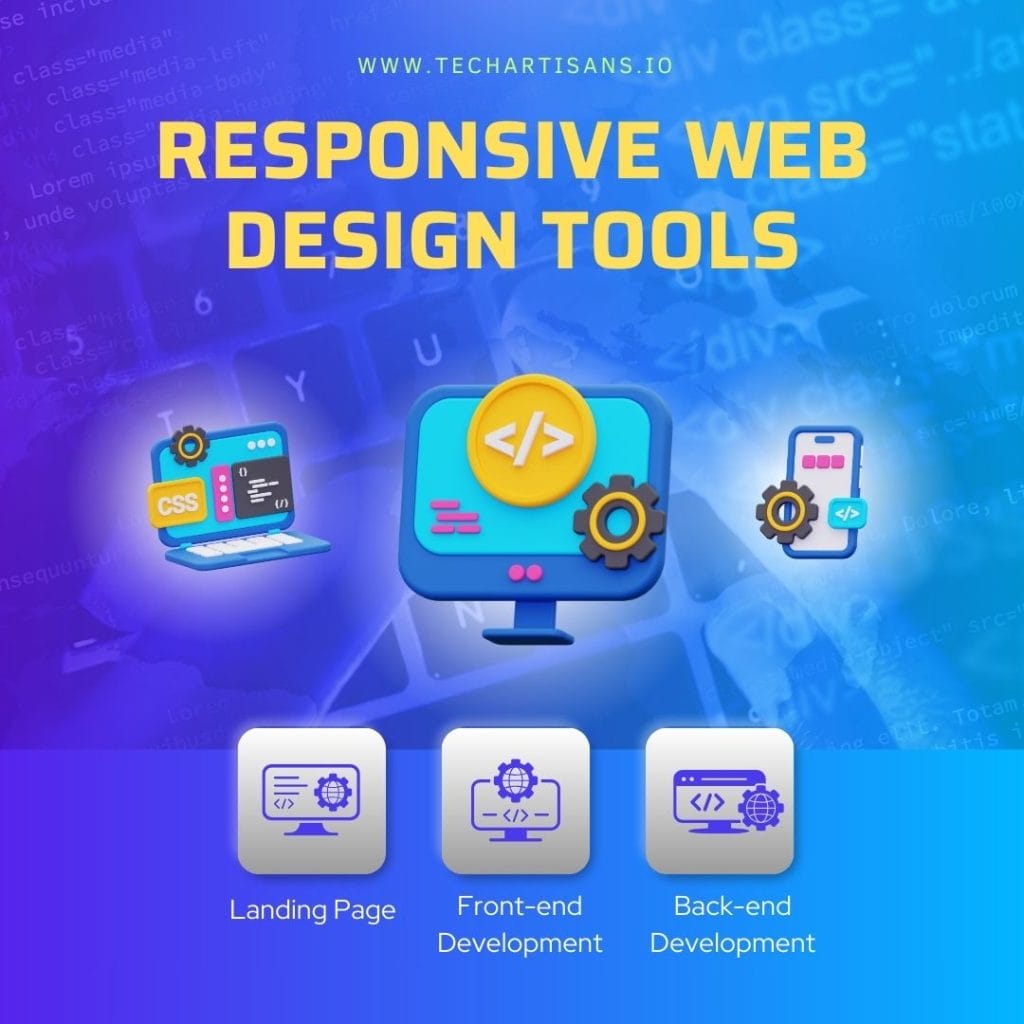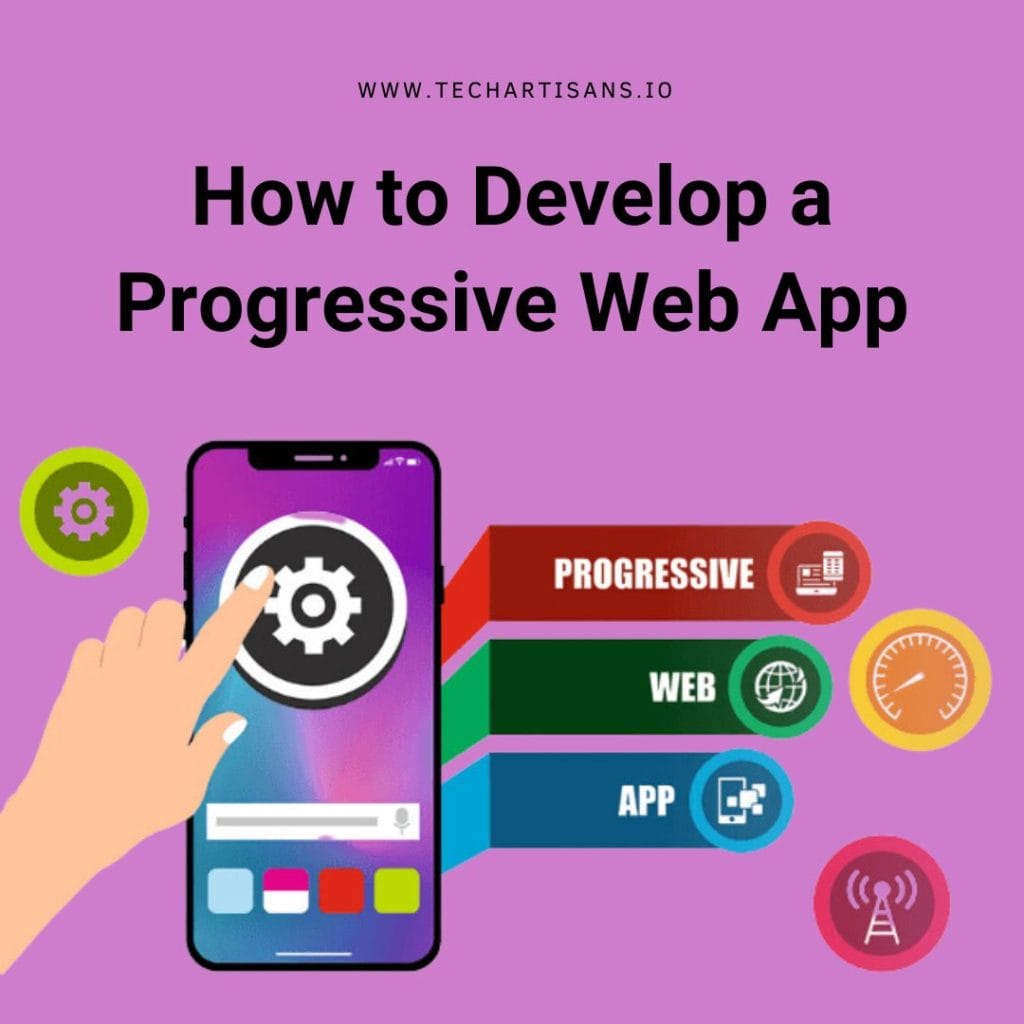In the ever-evolving digital landscape, Progressive Web Apps (PWAs) have emerged as a game-changing solution for businesses of all sizes. Bridging the gap between conventional web pages and mobile applications, PWAs provide a high-performance, user-friendly experience that works seamlessly on any platform. This transformative technology has allowed web development to leap forward, evolving standard web apps into powerful and versatile PWAs. With the ability to adapt to any device, deliver offline functionality, and provide app-like interactivity, PWAs are redefining online engagement and becoming an invaluable tool for businesses aiming to enhance their digital presence.
The Core Principles of PWAs
Let’s delve deeper into understanding the core principles that make Progressive Web Apps such a revolutionary development in web technology. These principles are the backbone of PWAs, responsible for their unparalleled functionality and adaptability.
Capable
Utilizing Modern APIs For Enhanced Functionality – PWAs leverage modern APIs to deliver native app-like capabilities. This includes features such as push notifications, offline usage, and device hardware access (such as camera and GPS), which contribute to a fully-featured and immersive user experience. This capability significantly bridges the gap between traditional web and mobile experiences, making PWAs a compelling choice for businesses.
Reliable
Reliability is another cardinal principle of Progressive Web Apps, ensuring fast and stable performance under any network conditions. PWAs leverage service workers to provide offline functionality and instant loading, overcoming the limitations of poor network conditions. This means your business’s PWA will deliver consistent performance, whether the user is on a high-speed connection or offline, enhancing the user experience and boosting customer engagement.
Installable
A distinguishing feature of Progressive Web Apps (PWAs) is their installability. Unlike traditional web applications, PWAs can be easily installed on a user’s device, offering an experience akin to native apps. This means PWAs can be launched from the device’s home screen, run in full-screen mode, and even work offline, enhancing convenience for the user. The installation process is straightforward and intuitive; users can add the PWA to their home screen directly from the browser without the need to search or download from an app store.
Technical Underpinnings of PWAs
Understanding the technical underpinnings of Progressive Web Apps (PWAs) is essential to fully grasp how this revolutionary technology can enhance your business’s digital presence. Let’s dive into the key technologies and tools that power these dynamic web apps.
Service Workers
Service workers underpin the offline functionality and background tasks of Progressive Web Apps (PWAs). These programmable network proxies can cache your app’s assets for swift loading, even in uncertain network conditions. They also enable background synchronization, allowing updates to run in the background and enhancing the user experience. With service workers, PWAs can deliver a reliable, app-like experience across all network conditions.
Web App Manifest
The Web App Manifest is a crucial component of Progressive Web Apps, serving as a JSON file that tells the browser about your PWA and how it should behave when installed on the user’s device. It controls aspects like the name of the app, the icon to be displayed on the home screen, and the start URL of the app. This allows PWAs to mimic native apps, offering an immersive, full-screen experience without a browser.
Application Shell Architecture
Application Shell Architecture forms the core structure of Progressive Web Apps (PWAs), ensuring quick load times and a smooth user interface. It separates the core application infrastructure and the UI from the data, storing the shell of the user interface on the user’s device. Thus, it provides an instant, reliable performance, making PWAs feel like native apps. This architecture is pivotal to creating a seamless browsing experience, even in unstable network conditions, thereby elevating customer engagement.
The Business Case for PWAs
Let’s delve into how PWAs can create a compelling business case, bolstering your digital presence and facilitating improved user engagement.
Case Studies
Several businesses have experienced remarkable success upon adopting Progressive Web Apps. For instance, Pinterest developed a PWA and saw user engagement increase by 60%, with ad click-throughs rising by 50%. Their core engagement metrics accelerated, and mobile users saw a significant decrease in perceived wait times.
Another compelling case is that of Forbes, who, after migrating to a PWA, reported a 43% increase in sessions per user and 100% more engagement. The PWA also led to a 20% increase in Forbes’ impressions per page.
Lastly, the Chinese e-commerce giant Alibaba revamped its website into a PWA, leading to a whopping 76% increase in conversions across browsers. Their iOS users also experienced a 14% increase in monthly active users and a 30% increase in conversion rates.
Cost-Effectiveness And Ease of Maintenance
PWAs offer substantial cost savings over native apps. Instead of creating separate apps for different platforms (iOS, Android, etc.), a single PWA can reach all users regardless of their device, resulting in lower development and maintenance costs.
Moreover, the ease of maintaining a PWA is another major benefit. Updates can be pushed directly to the PWA without requiring users to download anything new. This keeps your app up-to-date and enhances user experience by eliminating the need for manual updates.
Designing a PWA for Your Business
Let’s delve into the key considerations and steps in designing a PWA, ensuring it effectively meets your unique business needs and goals.
Key Considerations
When designing a Progressive Web App for your business, several critical considerations impact the app’s effectiveness and user experience:
- Responsiveness: A crucial aspect of PWAs is their inherent responsiveness. They should provide an optimal viewing and interaction experience—easy reading and navigation with minimum resizing, panning, and scrolling—across several devices (from desktop computer monitors to mobile phones). A responsive PWA ensures that your app’s layout and functionality adapt seamlessly to different screen sizes, vital in today’s multi-device world.
- Cross-Browser Compatibility: Your PWA should work uniformly and efficiently across all major browsers, such as Chrome, Firefox, Safari, and Edge. This is paramount to delivering a consistent experience to all users, regardless of their browser choice. Cross-browser compatibility requires rigorous testing and perhaps some platform-specific tweaks to ensure your app performs consistently.
- Offline Capabilities: One of the standout features of PWAs is their ability to function even offline or in low-network conditions. This is achieved via technologies like Service Workers, which cache key resources and allow offline accessibility. Designing your PWA for robust offline functionality can significantly enhance user experience, ensuring your app is always accessible, irrespective of network conditions.
Tips for Designing an Intuitive and Engaging User Interface
- Simplicity: Keep the design clean and user-friendly. Too many elements can confuse users and detract from the main features.
- Ease of Navigation: Ensure users can easily find what they want. Implement clear, logical navigation paths.
- Consistency: Maintain a consistent look and feel throughout. This includes colors, fonts, buttons, and other design elements.
- Accessibility: Design for all users, considering those with different abilities. Accessible design ensures your app is usable by as many people as possible.
- Feedback and Interaction: Provide interaction feedback, such as button animations or loading indicators, to make the app feel more responsive and intuitive.
Strategies for Effective PWA Content Delivery
- Optimized Content: Ensure all content is optimized for fast delivery, particularly on mobile networks. This could involve compressing images, minifying code, and leveraging efficient content delivery networks (CDNs).
- Caching Strategies: Use service workers to cache content effectively, allowing faster loading and offline functionality. Implement effective caching strategies such as Cache-first, Network-first, or Stale-while-revalidate.
- Dynamic Content Loading: Implement techniques like pagination or infinite scrolling to load content dynamically, improving the initial load time.
- Progressive Loading: Use techniques like skeleton screens or progressive image loading to enhance perceived performance, making the app feel faster.
- Streamlined API Calls: Ensure API calls are efficient and minimized to reduce data usage and speed up content delivery.
Implementing PWAs
This section will provide a step-by-step guide to implementing Progressive Web Apps (PWAs) for your business. Whether you’re a seasoned web developer or a business owner venturing into the digital realm, this guide will help you navigate the PWA implementation process, ensuring your app is optimized for exceptional performance and superior user experience.
Setting Up a Basic PWA Structure
Setting up a basic structure for a Progressive Web App involves a few key steps:
- Creating the Web App Manifest: This is a JSON file that provides information about your app, such as its name, icons, starting URL, and display properties. It’s essential for the ‘Add to Home Screen’ prompt in browsers.
- Implementing Service Workers: Service workers power the offline functionality and content caching in PWAs. They’re JavaScript files that intercept network requests and allow you to control how your app responds to resource requests.
- Implementing a Responsive UI: Your app should have a responsive layout that adapts to different screen sizes. CSS frameworks like Bootstrap can simplify this process.
- Testing Cross-Browser Compatibility: Ensure your app runs smoothly on all major browsers. You might need to use polyfills for optimal compatibility.
Making Your App Installable and Engaging
To make your Progressive Web App installable and engaging, consider the following steps:
- Installation Prompts: Utilize browser capabilities to display an ‘Add to Home Screen’ prompt, making it easy for users to install your PWA. The web app manifest plays an essential role in this.
- Push Notifications: Implement push notifications to enhance user engagement. These can inform users about updates and new content or urge them to return to your app.
- Background Sync: Leverage service workers to enable background sync, which allows your app to complete certain actions even when it’s not open, providing a seamless user experience.
- Offline Functionality: Ensure your app remains functional even in offline mode or poor connectivity scenarios.
- User-Friendly UI: Design a compelling and intuitive user interface that engages your audience and maximizes user interaction.
Utilizing Service Workers
Service workers significantly enhance the capabilities of Progressive Web Apps, providing background sync and push notifications, among other features.
Background Syncing
Service workers facilitate background syncing by allowing your app to defer actions until the user has stable connectivity. This is particularly useful for post-submission or email sending on your PWA. Here’s how it works:
- When an action is performed while offline, the service worker stores it and waits for connectivity to be restored.
- Once the device is online, the service worker sends the stored actions to the server, ensuring uninterrupted app functionality despite connectivity issues.
Push Notifications
Push notifications are essential for maintaining user engagement, and service workers make implementing them relatively straightforward. Here’s their role:
- Service workers can listen for push events from your server even when your PWA isn’t active in the user’s browser.
- When a push event is received, the service worker can display a notification to the user, keeping them informed and engaged with your app.
Challenges and Limitations of PWAs
Let’s delve into some of the potential roadblocks and constraints.
Current Limitations In Technology
Progressive Web Apps (PWAs) face some challenges with technology and browser support. Cross-browser compatibility issues can occur, as not all browsers, like Safari, fully support PWAs. This could affect certain PWA features, such as push notifications. The PWA technology stack is still evolving, leading to inconsistent behavior due to unimplemented or non-standard APIs across browsers. Also, accessing advanced device features or native APIs can be difficult with PWAs. Despite ongoing efforts to introduce more APIs, they are still behind native apps.
Overcoming Common Obstacles in PWA Development
PWA development faces obstacles such as a lack of awareness about the technology – a challenge that can be mitigated through education and training. The complexity of service workers, fundamental to PWAs, can be managed with tools like Workbox. Furthermore, the issue of cross-browser compatibility and differing PWA support levels across browsers can be tackled by using progressive enhancement to ensure universal functionality while enhancing advanced feature support where possible.
Future of PWAs and Web Technology
The landscape of Progressive Web Apps and web technology is poised for significant evolution, with new developments promising to transform how we interact with online platforms.
Emerging Trends and Upcoming Features
Web 3.0 is marked by transformative trends like IoT and AI, enhancing progressive web apps. AR and VR are set to revolutionize web interactions, offering immersive experiences. Improved APIs and Service Workers aim to make PWAs indistinguishable from native apps, bridging the gap.
Preparing Businesses for the Future of PWAs
PWAs are key to maintaining a competitive edge in business. This requires upskilling your team in PWA technology, regularly updating and testing your PWA for browser and platform compatibility, and partnering with web development agencies specializing in PWA development to navigate the complexities and stay at the forefront of web technology.
Conclusion
Integrating Progressive Web Apps into your digital strategy can greatly enhance your business’s online presence and user engagement. PWAs offer numerous benefits, such as improved performance, offline accessibility, and cross-platform compatibility, making them an indispensable tool for businesses striving for digital growth. They bridge the gap between native and web apps, providing a superior user experience that drives user retention and engagement. As we move into an era of rapid technological evolution, considering PWAs as part of your business’s digital growth strategy is not merely an option but a necessity to remain competitive and responsive to ever-changing user demands.

